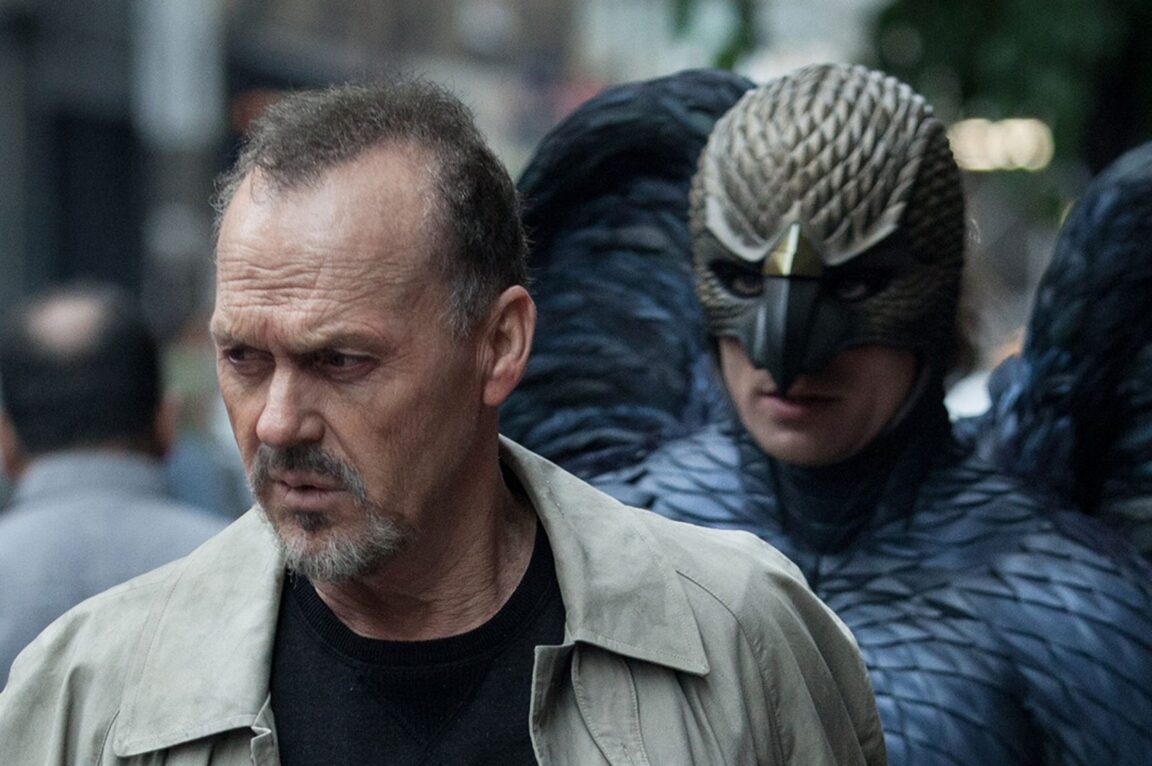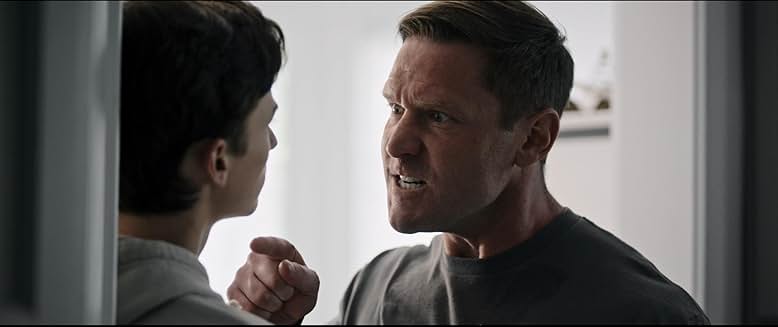Birdman Completes a Decade of Soaring Success

Ten years ago, a film took the world by storm, challenging the notion of storytelling and defying conventional cinematic norms. That film was “Birdman,” a mind-bending masterpiece directed by Alejandro González Iñárritu. As we reflect on its tenth anniversary, it’s clear that “Birdman” continues to echo with audiences and critics alike, solidifying its place as a cinematic landmark.
The film, a psychological thriller masquerading as a comedy, follows Riggan Thomson, a washed-up actor best known for portraying the titular superhero “Birdman.” Struggling to reinvent himself, Riggan attempts to mount a Broadway play, but his insecurities and delusions constantly threaten his ambitions and the specter of his former superhero persona.
What sets “Birdman” apart is its innovative technical approach. Iñárritu and cinematographer Emmanuel Lubezki employed a single-take sequence that unfolds over nearly 17 minutes, creating a mesmerizing and immersive experience. This ambitious feat, combined with the film’s exploration of themes like identity, fame, and the human psyche, earned “Birdman” critical acclaim and numerous awards, including Best Picture, Best Director, and Best Original Screenplay at the 87th Academy Awards.
A decade later, “Birdman” is a testament to cinematic storytelling’s power. Its unique blend of genres, exploration of complex themes, and innovative technical approach have solidified its place in film history. The film’s enduring popularity is a testament to its ability to connect with audiences profoundly, reminding us that even in the face of overwhelming odds, it’s possible to soar above our limitations and achieve greatness.















 Subscribe with Your Email for Exclusive Gosschips Updates!
Subscribe with Your Email for Exclusive Gosschips Updates!